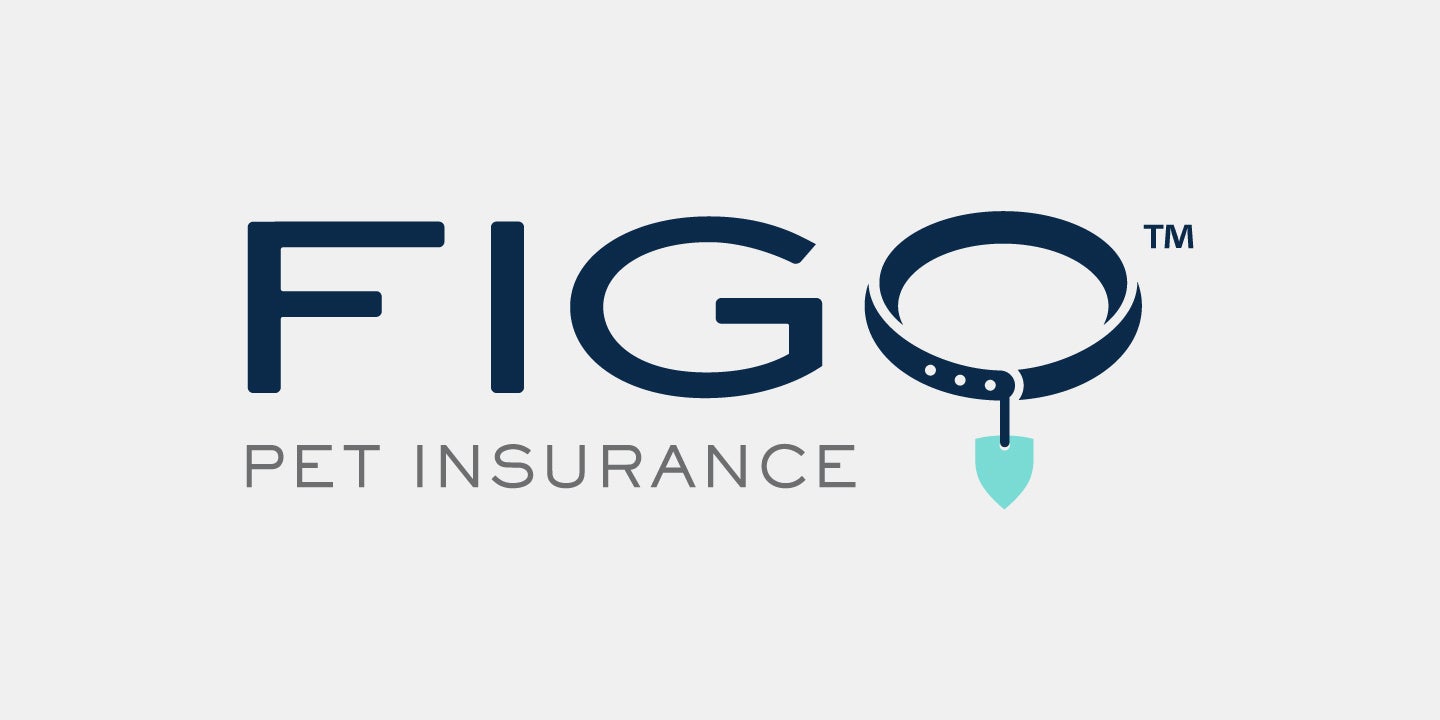The 8 best cheap pet insurance companies for July 2025
With rising veterinary costs, even routine pet care can strain your budget. Finding affordable pet insurance that doesn't compromise coverage can be a challenge. By comparing providers and understanding the key features of each, you can find a policy that balances affordability with suitable care for your pet.
The Bankrate team has put together this guide to highlight some of the best cheap pet insurance companies. We focused on those that offer solid coverage at lower prices. Whether you're looking for a plan with digital ease like Lemonade or specialized coverage for exotic pets from Nationwide, we’ve gathered the top contenders to help you make an informed decision. Let's dive into what makes each company stand out and how to get the best value for your money.
Best cheap pet insurance companies
Featured Bankrate Partner


4.6
-
Lemonade operates primarily through its app. The company keeps administrative and overhead costs low by leveraging AI to calculate custom quotes and process claims quickly, which translates to lower premiums for pet owners. Offering significant customizations and optional add-ons, Lemonade allows you to tailor your coverage to suit your budget and your pet's unique needs. Its quick claim processing times also mean faster reimbursement, which doesn't hurt when you're tightening your belt.
- Annual deductible options: $100, $250, $500 or $750
- Reimbursement percentage: 60, 70, 80 or 90 percent
- Annual maximum coverage: $5,000, $10,000, $20,000, $50,000 or $100,000


4.1
-
Nationwide Pet Insurance has several features that make it a cost-effective option. It offers accident-only plans, a more affordable choice for budget-conscious pet owners. Nationwide’s multi-pet discount can help to lower the overall insurance cost for households with more than one pet. In addition, Nationwide is one of the only companies offering coverage for exotic pets such as birds, reptiles and bunnies, making it an attractive choice for pet parents who struggle to find affordable insurance for non-traditional pets.
- Annual deductible options: $250, $500 or $1,000
- Reimbursement percentage: 50, 70 or 80 percent
- Annual maximum coverage: $2,500 or $10,000
4.4
-
Liberty Mutual’s stackable discounts can significantly reduce the overall cost of your premiums. If you’re already a Liberty Mutual customer with other types of insurance (like home or auto), you can receive a discount by bundling your pet insurance with your existing policies.
- Annual deductible options: $250, $500 or $1,000
- Reimbursement percentage: 70, 80 or 90 percent
- Annual maximum coverage: $5,000, $10,000 or $15,000


4.5
-
ASPCA Pet Health Insurance offers comprehensive coverage at affordable rates. Its accident and illness policy covers alternative therapies, congenital disorders, behavioral therapy and accident and illness exam fees. ASPCA also has a shorter waiting period for cruciate ligament injuries, which can be expensive to diagnose and treat. This makes it a financially smart choice for pets at risk of these injuries.
- Annual deductible options: $100, $200 or $500
- Reimbursement percentage: 70, 80 or 90 percent
- Annual maximum coverage: $2,500, $5,000, $7,000 or $10,000


4.3
-
Spot Pet Insurance is an affordable and adaptable option for pet owners looking to manage their insurance costs effectively. The pet insurance company allows you to customize your policy extensively, giving you the flexibility to tailor a plan that fits your budget and your pet's coverage needs.
- Annual deductible options: $100, $250, $500, $750 or $1,000
- Reimbursement percentage: 70, 80 or 90 percent
- Annual maximum coverage: $2,500, $3,000, $4,000, $5,000, $7,000, $10,000 or unlimited payouts


4.6
-
Figo offers coverage for some curable pre-existing conditions, providing added financial protection that many other insurers don’t offer. Figo’s efficient claim processing allows for faster reimbursements, reducing the financial strain on pet owners. It also offers plans with up to 100 percent reimbursement, meaning you can get back every dollar you spend on covered vet bills.
- Annual deductible options: $100, $250, $500 or $750
- Reimbursement percentage: 70, 80, 90 or 100 percent
- Annual maximum coverage: $5,000, $10,000 or unlimited payouts


4.6
-
Hartville is a cost-effective option for pet owners who value robust coverage and excellent customer care. It offers comprehensive and reliable coverage, including accidents, illnesses and hereditary conditions. This ensures you can take good care of your pet’s health without breaking the bank. Renowned for its responsive and compassionate customer service, Hartville offers personalized support that helps pet owners navigate their policies and claims. This level of care enhances the overall value of its plans and customer satisfaction.
- Annual deductible options: $100, $200 or $500
- Reimbursement percentage: 70, 80 or 90 percent
- Annual maximum coverage: $5,000-unlimited payouts


4.7
-
MetLife Pet Insurance is a strong choice for pet owners looking for affordable, comprehensive and flexible coverage with various discounts to reduce premiums. MetLife’s short waiting period provides quick access to coverage when you need it most. The company offers coverage for certain pre-existing conditions that have been symptom-free for a specific period. In addition, MetLife rewards policyholders with decreasing deductibles for each year they remain claim-free.
- Annual deductible options: $50, $100, $250 or $500
- Reimbursement percentage: 70, 80 or 90 percent
- Annual maximum coverage: $2,000, $5,000 or $10,000
What is the average cost of pet insurance?
According to a 2023 report by the North American Pet Health Insurance Association (NAPHIA), the average cost of accident and illness insurance for dogs was $56.30 monthly or $675.61 annually. For accident-only coverage, the monthly average was $17.01, and the annual average was $204.16.
The average insurance cost for a cat with accident and illness coverage was $31.94 monthly or $383 annually. Accident-only coverage costs an average of $9.68 monthly and $116.11 annually.
Pet insurance premiums are calculated based on multiple factors and can vary across pet insurance companies and their policies.
How can you find the best cheap pet insurance company?
The top pet insurance companies have different strengths and highlight features. You may need to shop around to find the right fit for your four-legged friend’s health care needs and your budget. The following tips can help guide your search.
1. Compare multiple providers
Don’t settle for the first company you come across. Use comparison tools to evaluate several pet insurance companies based on factors that are important to you, such as price and coverage.
2. Look for customizable plans
Many pet insurance companies offer customizable plans that allow you to adjust the coverage, deductible and reimbursement rate. Lowering the reimbursement rate or increasing the deductible can reduce your premium while still offering solid coverage.
3. Consider accident-only plans
If your budget is tight, accident-only plans are typically much cheaper than comprehensive policies. Although these plans cover injuries from accidents like broken bones or poison ingestion, be mindful that they don't cover illnesses or conditions such as hereditary or congenital issues.
4. Review exclusions carefully
Some cheaper plans may exclude specific conditions or treatments. Look out for breed-specific exclusions, waiting periods or limits on hereditary and congenital conditions. Essentially, be sure you're not buying coverage you don't want or need.
5. Check for discounts
Look for companies that offer discounts. Common discounts to look out for include (but may not be limited to) military or veteran perks, discounts for essential workers or healthcare professionals, multiple pet discounts, or benefits for vets, staff and volunteers working at animal welfare organizations.
6. Pay attention to the age limits
Some companies charge higher premiums or offer less coverage for older pets. If you have a senior pet, search for providers that cater to aging animals without charging exorbitant rates. Also, make sure to find out how the premium might increase as your pet ages.
7. Read customer reviews
Customer reviews can provide insights into the company’s claims process, customer service and overall value. Look for feedback from pet owners who have filed claims to see if the provider lives up to its promises.
8. Shop around
Most pet insurance companies offer instant quotes online. Input your pet's details and compare prices. Be sure you understand the terms of canceling your policy if you find a better deal later.
How can you save money on pet insurance?
Deciding on an affordable pet insurance option means balancing the premium costs with the level of coverage and service quality. When choosing a pet insurance plan, you can consider some of the following methods that might decrease your premium:
- Start with a basic plan. If budget is your primary concern, you can choose a lower-tier plan and upgrade later if you want to.
- Look for discounts. Discounts, such as those for insuring multiple pets or opting for annual payments, can reduce your costs.
- Choose a higher deductible. The annual deductible — the amount you pay out-of-pocket before insurance kicks in—also plays a role in determining your insurance premiums. Higher deductibles typically lower your premiums.
- Pick a lower reimbursement rate. Reimbursement rates determine the percentage of vet bills you get back. Higher reimbursement rates typically mean higher premiums.
- Get lower maximum coverage. The maximum coverage amount refers to the cap on how much the insurer will pay annually. Choosing a lower maximum coverage will translate to more affordable premiums.
Is pet insurance worth the cost?
Even when you find cheaper pet insurance plans, you may wonder if you're better off just paying for your pet's healthcare out of pocket. Deciding whether pet insurance is worth it comes down to a few key factors.
Assess how your pet’s age, breed, overall health and potential risk factors might come into play. Pet insurance typically won’t cover pre-existing conditions, and some policies may exclude breed-specific health issues.
Understanding how pet insurance works and what coverage each type offers is important. Some plans limit payouts per condition, per year or over the pet's lifetime. It's also important to understand what portion of your vet bills your insurance provider will reimburse you for and how long the process will take.
Ask your vet whether insurance is the right option for your pet. Vets and their administrative staff can give you a good idea of which companies are more likely to pay out when you submit a claim. Then, weigh the cost of insurance against potential vet bills and long-term care expenses. Compare these to alternatives such as setting up a pet savings account.
Ultimately, your choice should align with your risk tolerance and your pet’s health needs. You can spare yourself a lot of frustration and potential heartbreak by shopping around, reading the fine print and knowing what you're paying for when you sign the dotted line.